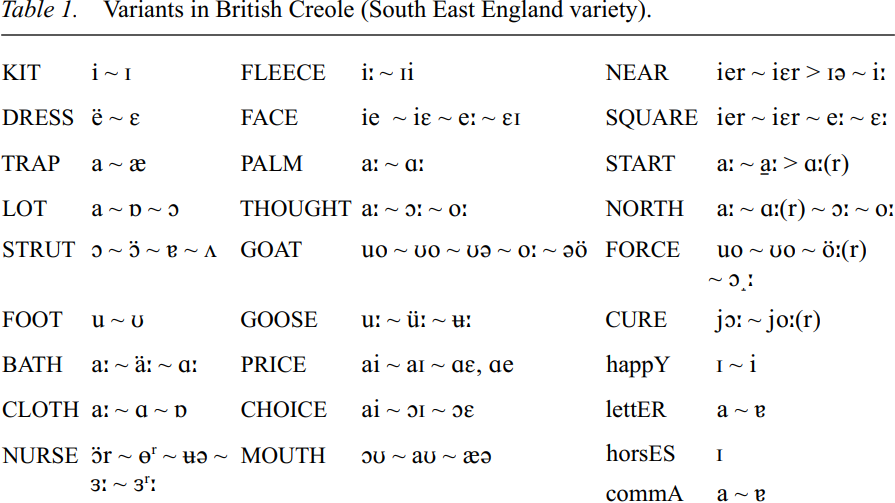

Grammar


Tenses


Present

Present Simple

Present Continuous

Present Perfect

Present Perfect Continuous


Past

Past Continuous

Past Perfect

Past Perfect Continuous

Past Simple


Future

Future Simple

Future Continuous

Future Perfect

Future Perfect Continuous

Passive and Active


Parts Of Speech


Nouns

Countable and uncountable nouns

Verbal nouns

Singular and Plural nouns

Proper nouns

Nouns gender

Nouns definition

Concrete nouns

Abstract nouns

Common nouns

Collective nouns

Definition Of Nouns


Verbs

Stative and dynamic verbs

Finite and nonfinite verbs

To be verbs

Transitive and intransitive verbs

Auxiliary verbs

Modal verbs

Regular and irregular verbs

Action verbs


Adverbs

Relative adverbs

Interrogative adverbs

Adverbs of time

Adverbs of place

Adverbs of reason

Adverbs of quantity

Adverbs of manner

Adverbs of frequency

Adverbs of affirmation


Adjectives

Quantitative adjective

Proper adjective

Possessive adjective

Numeral adjective

Interrogative adjective

Distributive adjective

Descriptive adjective

Demonstrative adjective


Pronouns

Subject pronoun

Relative pronoun

Reflexive pronoun

Reciprocal pronoun

Possessive pronoun

Personal pronoun

Interrogative pronoun

Indefinite pronoun

Emphatic pronoun

Distributive pronoun

Demonstrative pronoun


Pre Position


Preposition by function

Time preposition

Reason preposition

Possession preposition

Place preposition

Phrases preposition

Origin preposition

Measure preposition

Direction preposition

Contrast preposition

Agent preposition


Preposition by construction

Simple preposition

Phrase preposition

Double preposition

Compound preposition


Conjunctions

Subordinating conjunction

Correlative conjunction

Coordinating conjunction

Conjunctive adverbs


Interjections

Express calling interjection


Grammar Rules

Preference

Requests and offers

wishes

Be used to

Some and any

Could have done

Describing people

Giving advices

Possession

Comparative and superlative

Giving Reason

Making Suggestions

Apologizing

Forming questions

Since and for

Directions

Obligation

Adverbials

invitation

Articles

Imaginary condition

Zero conditional

First conditional

Second conditional

Third conditional

Reported speech


Linguistics

Phonetics

Phonology


Semantics


Pragmatics

Linguistics fields

Syntax

Morphology

Semantics

pragmatics

History

Writing

Grammar

Phonetics and Phonology

Semiotics


Reading Comprehension

Elementary

Intermediate

Advanced


Teaching Methods

Teaching Strategies
Vowels and diphthongs
المؤلف:
Peter L. Patrick
المصدر:
A Handbook Of Varieties Of English Phonology
الجزء والصفحة:
235-12
2024-03-13
1190
Vowels and diphthongs
Nearly a dozen analyses of JamC vowel and diphthong systems exist, positing inventories from 8–17, and variously motivated by historical transparency (Cassidy 1961), symmetry (Devonish and Harry, this volume) or phonetic accuracy (Beckford Wassink 1999). This last, the most detailed empirical analysis, describes JamC as a V-shaped, peripheral, symmetrical system with five front and five back vowels and two at the low apex, and demonstrates that contrasts often attributed to length alone, an important distinctive feature of JamC, are supported by systematic quality distinctions as well. BrC however relies primarily on vowel quality, and vowel length generally patterns with LonVE. Variants which might be contrastively associated with Standard Jamaican English (StJamE) are rare in BrC, where vernacular structures (both British and Jamaican) predominate, and are more often encountered in the speech of Caribbean-born migrants than later generations.
(2) Jamaican Creole vowel inventory (based on Beckford Wassink 1999)

The inventory in (2) is fairly typical, except that it explicitly recognizes quality distinctions as well as length in every sub-system. Analyses with fewer members inevitably dephonemicise some regular and salient distinctions; those with more typically admit debatable separate subclasses, such as rhotic vowels (Veatch 1991). Beckford Wassink concludes that  is not phonetically distinguishable for most speakers from /a/, as suggested in Patrick (1995), thus giving only five short vowels and six long ones or diphthongs.
is not phonetically distinguishable for most speakers from /a/, as suggested in Patrick (1995), thus giving only five short vowels and six long ones or diphthongs.

Table 1 summarizes the principal vowel variants; the general effect is a London like system with a variably Jamaican-like sound. It is difficult, in the present state of knowledge, to make quantitative statements about preference, and it cannot be asserted (without premature idealization) that all variants even belong to the same system, given such factors as variable rhoticity, vowel quality dispersion and overlap, alternation of centring glides with monophthongs with upglides in the same word-class, etc. Nevertheless, all variants may be encountered in the speech of Caribbean-origin Britons who claim to be using ‘Patwa’ or ‘Creole’.
There are often differences, however, between speakers who were born and spent at least early childhood years in the Caribbean, and those born in Britain like Sally, the twenty-something speaker of the word-list sample on the accompanying CD-ROM. Though both Sally’s parents are from Kingston, she identifies herself during the recording saying, “Yeah but I’m Cockney!” Her mother and Paulette, a British-born but Jamaica-raised woman a generation older, tease her saying “You fly the flag”, and “You Londoner... Cockney”. Sally’s assimilated speech may represent the future of London Jamaican pronunciation, though the chart captures a range of variants (hers are generally rightmost, Paulette’s to the left).















 قسم الشؤون الفكرية يصدر مجموعة قصصية بعنوان (قلوب بلا مأوى)
قسم الشؤون الفكرية يصدر مجموعة قصصية بعنوان (قلوب بلا مأوى) قسم الشؤون الفكرية يصدر مجموعة قصصية بعنوان (قلوب بلا مأوى)
قسم الشؤون الفكرية يصدر مجموعة قصصية بعنوان (قلوب بلا مأوى) قسم الشؤون الفكرية يصدر كتاب (سر الرضا) ضمن سلسلة (نمط الحياة)
قسم الشؤون الفكرية يصدر كتاب (سر الرضا) ضمن سلسلة (نمط الحياة)

















